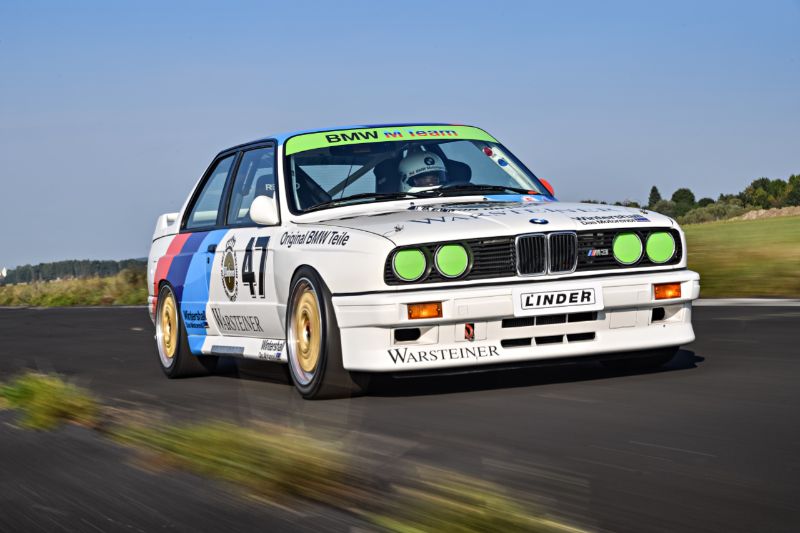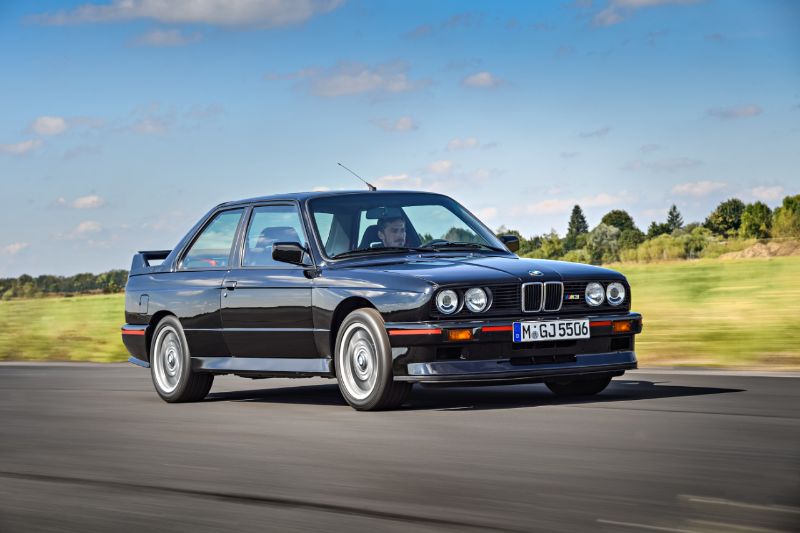BMW E30

The BMW E30 refers to the second generation of the ever-popular BMW 3 Series. This generation was in production between 1982 and 1994. It was the first time the 3 Series included a wagon/estate and a sedan. There was also the expected convertible and coupe body styles. Throughout the E30 generation, there were 4- and 6-cylinder gas engines plus a 6-cylinder diesel engine. This diesel was the first of its kind for the BMW 3 Series. This generation also included the E30 325iX, which was the first time the 3 Series featured an all-wheel drive.
Many agree that the success of the E30 helped ensure that BMW was a market leader for medium vehicles. The updated styling from Claus Luthe helped differentiate the E30 from previous 3 Series models. Still, it was fairly cramped.

Most people who opted for the 4-cylinder engine found the vehicle to be not quite as quick as they had hoped for a sports car. This was easily solved, however, by opting for a 6-cylinder engine. The rear-wheel drive with a 6-cylinder was the favorite combination, delivering perfect steering. The 320i and 323i/325i were exceptionally popular. Among the various models in the E30 history, many feel that the 19889 325i Sport was the stand-out choice. The combination of all-around quality, controllable rear-biased handling, and a wailing engine was perfect for drivers.
The 3 Series convertible had a strengthened windscreen surround to replace the full rollover structure of the previous generation’s convertible. This led to a clean, functional design. In the United Kingdom, the 318i was the most popular, with the 325i not far behind.

Going back to the beginning of the E30, the development process started in July 1976. Claus Luthe served as the chief designer, leading the styling. Bokye Boyer led the team in charge of exterior styling. The final design received its approval in 1978, followed by the cubing process’s completion in 1979. There is actually a BMW E30 launch film, which shows some of the specific steps the design team took. This includes the wind-tunnel and crash testing. The E30 was finally released in late 1982.
Compared to its predecessor, the E21, the external appearance of the E30 was very similar. Taking a closer look, however, showed numerous seemingly minor details that were different. There were also some more noticeable upgrades, such as a revised suspension that reduced the much-criticized oversteer and a revamped interior.
